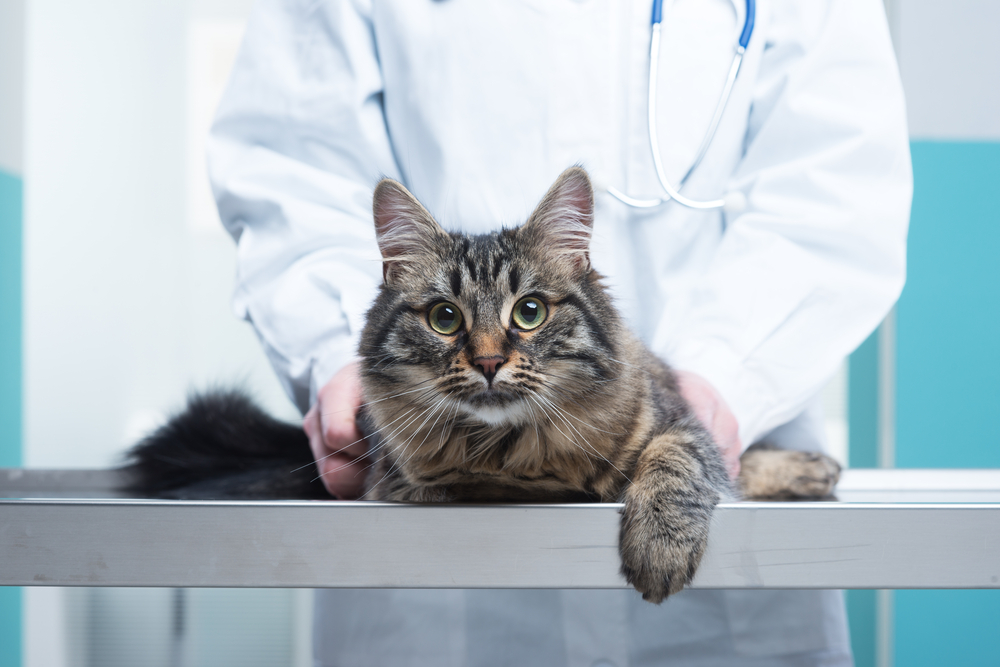Tips for Preparing Your Pet for Surgery

What Should You Do Before Your Pet’s Surgery?
A veterinarian will often give you specific instructions on what you should do before your pet goes into surgery. For example, many pets will be fasted for at least 12 hours prior to the procedure. In some cases, such as puppies and kittens or animals with diabetes, pets may not be able to fast, and your veterinarian will let you know if that is the case for your pet. Liquid intake may be restricted, but in some cases, a small amount water is fine.Medications may also need to be restricted prior to surgery, or conversely, your veterinarian will need your pet to take certain medications leading up to the procedure. It can also be beneficial to take your dog out to potty one last time before the procedure to prevent accidents while under the anesthetic.
To get yourself prepared for the surgery, you will want to ask questions to make sure you understand the process. You will also want to make sure that you understand the cost and billing situation. A written estimate should be provided to you by the GCVS staff for any surgical procedure at our hospital. You may also want to ask questions about what you will need to do after the surgery so that you feel more prepared, though a detailed, written discharge summary will also be prepared for you when your pet is released after a procedure here at GCVS.
What Should You Expect at the Veterinarian’s Office?
When you drop your dog off at the veterinarian’s office, you will need to fill out the admission forms and leave all medical history and contact information that is needed.Your pet should be given a routine check-up before any sedatives are administered – something that is always done here at GCVS.After the exam is complete, your pet will be placed under anesthesia. After this point, your pet should be continuously monitored to ensure stable vitals until they are out of recovery. At GCVS, we have a board-certified anesthesiologist on staff, as well as specially-trained, registered technicians whose job is to monitor anesthetized patients. Your pet’s hair near the surgical area should be closely shaved or clipped.
After the surgery, your pet will be put in a clean, dry area that is warm and comfortable until they are ready to go home. At GCVS, we have 24-hour care from our licensed veterinary technicians for all of our post-operative patients.
Post-Surgery Care Tips
Once your pet is out of surgery, staff should monitor him or her until they are awake and ready to go home. Upon your arrival at the office to pick up your pet, you should be instructed about any medications your pet needs to be given. Your at-home care instructions are instrumental in the proper healing of your pet, so ask for a printed list of instructions or take notes on what you need to do. At GCVS, your written discharge instructions have the list of medication needed for your pet’s home care.Depending on the surgery, you may need to be shown a good way to lift or support your pet to get him or her around your home. If you are unable to carry out the duties established by your veterinarian, ask if they have outpatient support that they can provide for you. You will also be able to set up a follow-up appointment or a time to have any sutures removed.
Once you get home with your pet, you will want to give them a quiet, contained, non-slippery area that doesn’t give them enough room to run around. In some cases, patients need to be kept strictly confined to ensure they do not damage the surgical repair. Try to keep the energy in the area calm so your pet can rest. Only allow your pet outdoors to relieve himself or herself. You will want to keep your pet on a leash during these trips to limit their movement and so that you can make sure that their bowel movements are normal and that they aren’t straining to urinate.
Check on your pet’s surgical site to make sure it is healing properly. There shouldn’t be any signs of oozing or discharge (of any color), incisional redness, or odors. Call your veterinarian right away if you see anything that looks unusual. It is imperative that pets are not allowed to scratch or bite at the bandage or sutures. Elizabethan collars are often necessary during this time.
At GCVS, our surgical team will ensure that your dog or cat is well taken care of throughout the surgery and recovery time. From check-in to check-out, your pet will be evaluated and monitored accordingly. Our doctors want to make the process as easy for pet owners as possible, so we will make sure that you thoroughly understand our process and get all of the information that you need to keep your pet happy and comfortable once you get him or her home. If your pet is in need of surgery, have your family veterinarian contact GCVS at 713-693-1111 for a referral.
